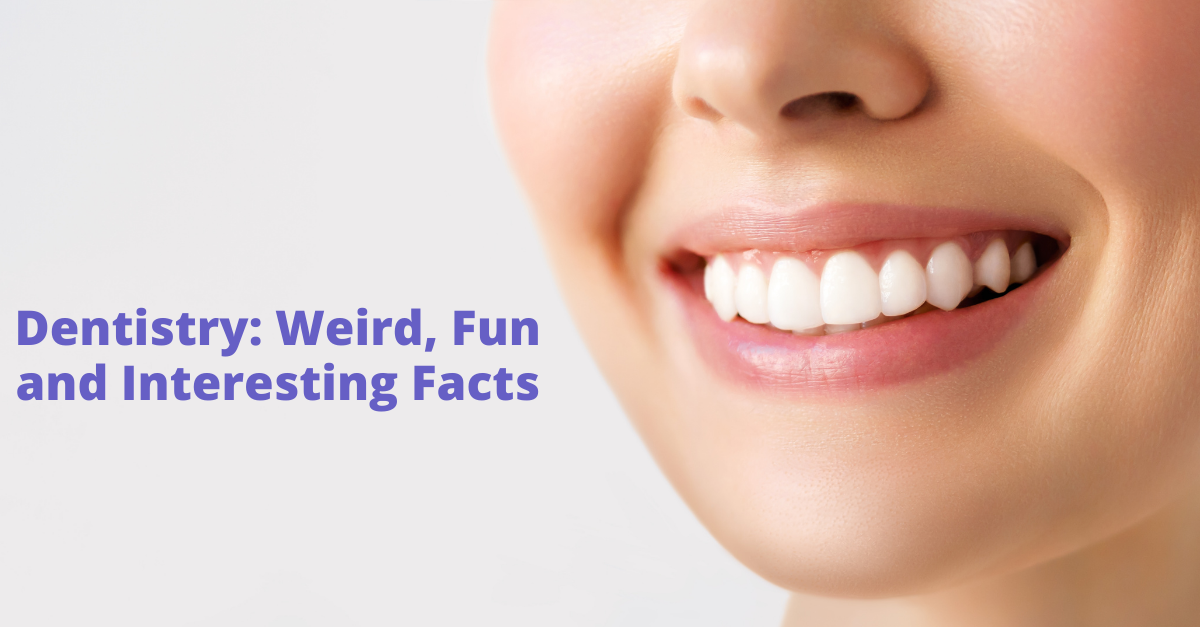How to Tell if You’re Developing a New Cavity – and What to Do if You Are

If you’re experiencing dental symptoms like pain, a cavity might be the culprit. Not all dental symptoms are indicative of a cavity though, and sometimes, discomfort is just random and not symptomatic of a problem. So how can you tell if what you’re feeling is a new cavity developing? Here are just a few symptoms to watch for.
Pain & Sensitivity: Possible Signs of a Problem
Dental pain is one of the most common symptoms that cavity sufferers report. If you experience a strange tingling or ache for no reason, it could be a sign that you have developed a cavity and bacteria are attacking the pulp. At this point, the toothache may be impacting your ability to sleep or preventing you from concentrating on tasks. It may also be accompanied by a fever. If that is the case, you’ll want to see your dentist for an evaluation.
Bad Breath? A Cavity Might Be to Blame
Bad breath isn’t always a symptom of a cavity, but it can indicate the presence of a cavity if you have other symptoms. The decay that causes cavities also allows bacteria to grow, and as these bacteria feed on the food particles in your mouth, they create a foul odor. This odor often doesn’t respond to mouthwash or oral hygiene measures. So if you have bad breath in spite of great oral health care, you might be developing a cavity.
A Hole or Dark Spot: The Telltale Sign of a Cavity
A visual inspection of your teeth is one very reliable way to spot a cavity. If you notice a hole in your tooth, it’s the result of eroded enamel that has allowed decay to eat away at the tooth structure – and in many cases, it results in a cavity. If you notice any unusually dark spots on your teeth, they are also signs of tooth decay. When you brush your teeth in the morning, be sure to look for holes and dark spots – they’re likely indicative of a problem.
Treating Cavities: What You Need to Do
If you’re developing a cavity, you should know that there’s little you can do to reverse the decay process. Decay is reversible up to a certain point – that is, if it’s only in the enamel of the tooth. Fluoride varnish can re-mineralize your tooth and stop the decay from progressing, essentially treating the cavity.
Once decay hits the lower layer of dentin, though, the only way to treat it is by seeing a dentist – and it’s impossible for you to tell at home whether the cavity is just in the enamel or in the dentin. That’s why, if you experience symptoms of a cavity, you’ll need to make an appointment with your dentist immediately. In the mean time, you’ll want to avoid sugary foods and maintain a strict twice-a-day oral hygiene regimen.
Cavities aren’t fun, but they are easily treated if caught early. That’s why, if you think you have a cavity, you should take immediate treatment steps. The earlier you stop the decay, the less likely it is that you’ll need a root canal. Practice great oral hygiene habits and you’ll give yourself a strong advantage in cavity treatment.
Denteractive.com is your ultimate source when you are in need of a local dentist with superior skills, capable of most personable care.




